Do you have an embedded system project coming up and don’t know where to start? This guide is for you! In this article, we will discuss the basics of embedded systems projects and provide some tips to help you succeed. We’ll answer common questions like “what is an embedded system?” and “what are the requirements for a successful project?” Plus, we’ll give you some helpful advice on how to choose the right hardware and software for your project. Let’s get started!
Embedded Systems in General
They are made up of two components, hardware and software. The hardware consists of the physical components and the software is the code that tells these components how to interact with each other. Embedded systems are used in many everyday applications from mobile phones to cars and even in industrial machines.
Embedded systems are useful for engineering students because they allow them to understand how hardware and software interact together. Engineering students can use embedded systems to create projects that are complex and interesting while still being small enough to be handled with a limited set of tools.
The development process for an embedded system project involves designing the hardware, programming the microcontroller, creating the necessary software, testing it all out, debugging any issues and then finally packaging the system into a reliable device. An important factor in developing an embedded system is choosing the right components so that everything works correctly when combined together. Some common components used are sensors, buttons, LEDs and displays etc. Additionally, coding languages such as C/C++ and Python are usually used to program the microcontroller. [1], [2]
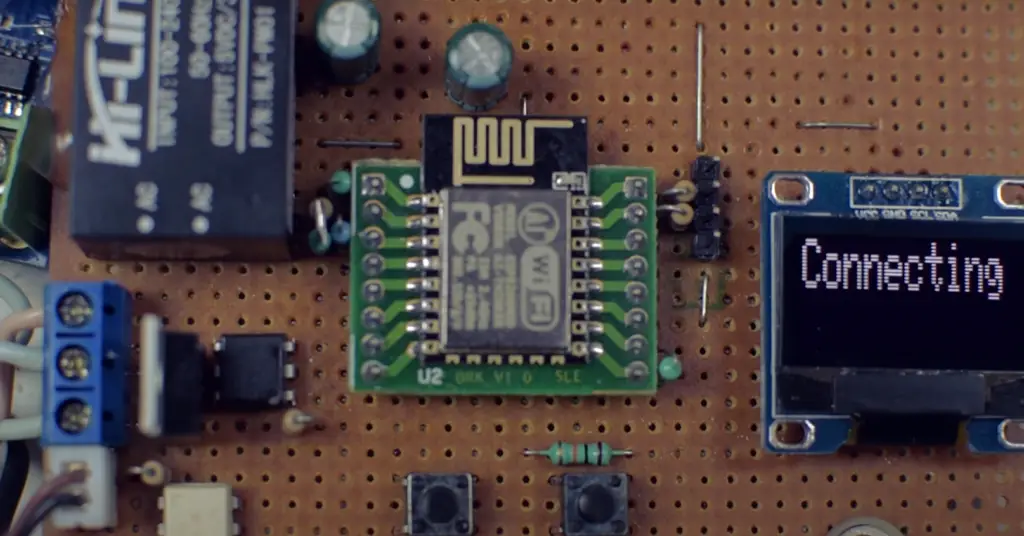
Types of Embedded Systems
There are different types of embedded systems based on their purpose and the components used. Here are some common examples:
Stand-alone Embedded Systems
These systems typically incorporate both hardware and software components which are integrated together in order to perform one or more specific tasks. The hardware components of an embedded system may include processors, memories, communication buses, input/output (I/O) interfaces, power management units and other peripheral devices. The software components usually consist of operating systems (OS), device drivers, middleware libraries and application-specific code such as firmware.
These types of systems are used in a wide variety of applications including medical devices, military applications, industrial automation and robotics, automotive control systems and consumer electronic products like mobile phones.
Network Embedded Systems
These networks can be wire-based or wireless, and they allow the user to send and receive data between different devices. This type of system is useful for monitoring or controlling remote environments such as factories or warehouses.
Network Embedded Systems (NES) are electronic devices that are integrated into a network and have communication capabilities, typically through an Internet Protocol (IP) address. They can also be referred to as embedded networks, or simply embedded systems. These systems are designed to provide connectivity, data processing and digital control for other devices connected within the same network. Network Embedded Systems allow these connected devices to share data, services and applications across the network with each other easily and securely in order to facilitate the efficient functioning of any system they’re part of.
Network embedded systems come in all shapes and sizes — from micro-controllers to general purpose computers —and can be used for everything from home automation to industrial control systems. Some examples of applications using embedded systems include smart energy meters, home automation systems, industrial control systems, and medical devices.
Real-time Embedded Systems
Real-time embedded systems are computer systems that control hardware or software devices in real time. These systems have limited processing power and memory, and require an event-driven architecture for responding to external events. They are designed to sense the environment through input devices such as sensors and process this information using a set of predefined algorithms to make decisions or take actions based on the inputs received. Real-time embedded systems can further be split into two categories; hard real-time and soft real-time systems.
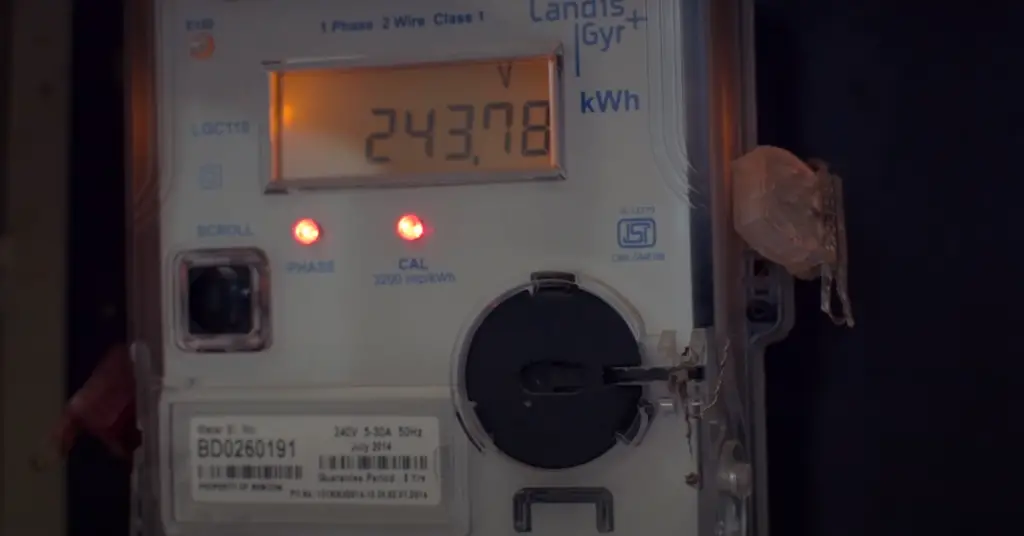
Hard real-time systems must guarantee a certain response time to an external event, while soft real-time systems do not require such guarantees but attempt to respond as quickly as possible. Hard real-time systems guarantee a certain level of response time to a given input in order for the system to be considered ‘correct’. This means that any delay or disruption in the response time could lead to incorrect results, or worse, catastrophic failure.
Soft real-time systems are computer systems that are designed to respond within a specific time period for tasks related to audio, video and other multimedia applications. They must meet the specified deadlines consistently, but can tolerate occasional late responses. These systems rely upon an efficient combination of hardware and software components to guarantee timely completion of important tasks. [3]
Why Embedded Systems are Ideal for Student Projects
Embedded systems are ideal for engineering student projects because they often require a combination of hardware and software skills. Embedded system projects typically involve designing, developing, testing and debugging circuits, microcontrollers and/or code – all essential skills for electrical and computer engineering students. Additionally, embedded system projects can be great learning platforms for applying the concepts learned in their courses such as digital logic design, circuit analysis and programming language fundamentals.
Moreover, such projects provide an opportunity to apply different problem-solving methodologies to real-world scenarios. This can give the student the satisfaction of creating tangible products while also improving their understanding of embedded systems. Projects that use microcontrollers allow students to expand on their knowledge base by exploring various peripherals and connections, as well as understanding how to develop communication protocols.
Finally, embedded systems projects are great for giving students the chance to explore their own creativity and produce practical solutions to a wide variety of problems. For example, they could design a system that monitors soil temperature in agricultural fields or create an automated home security system with facial recognition capabilities. These types of projects can be incredibly rewarding and will help students gain valuable experience when it comes to crafting innovative solutions for real-world challenges.
An embedded system project can be an interesting and rewarding experience for any engineering student who is looking to gain a deeper understanding of how hardware and software interact together. With some research, planning and practice any engineering student should be able to create their own embedded systems projects. [1], [2]
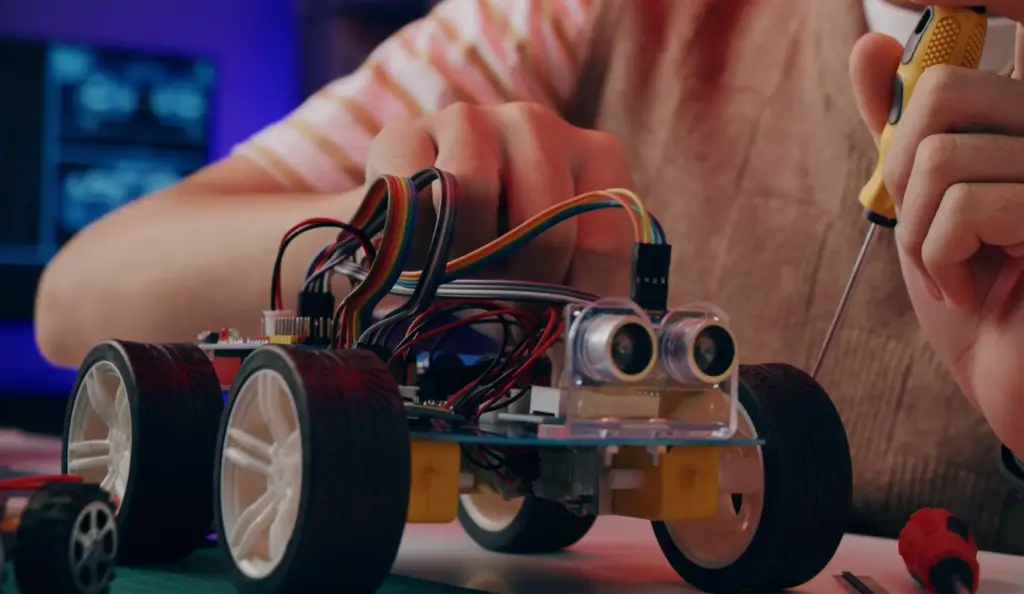
What to Consider Before Starting on the Embedded System Project
Before starting any embedded system project, it is important to take a few things into consideration. You want to ensure your project is achievable and within the scope of the available resources. Here are some tips to get you started:
Choosing the Right Components for Embedded System Projects
The choice of components for an embedded system project is essential. Components such as microcontrollers, sensors and displays are the building blocks of any embedded systems project and have a direct impact on the outcome.
When selecting components you should make sure they are compatible with each other and that their power requirements match. Additionally, always read the component’s datasheet to ensure it has all the features you need for your project. It is also important to check whether other peripherals can be connected to the main component, in order to extend its functionality.
For example, if you’re creating an embedded system for controlling a robotic arm then you will need servo motors, LEDs and buttons. Each of these components will need to be chosen carefully, as they will have an impact on the project’s overall control and performance.
Once you have chosen your components, it is important to decide how they will communicate with each other. This usually requires programming and coding the microcontroller in order to send commands from one component to another. Protocols such as I2C and UART are often used for this purpose and are supported by many microcontrollers. Additionally, coding languages such as C/C++ and Python are usually used to program the microcontroller.
Consider your budget
Another important factor to consider is the budget you have available for your embedded system project. In order to keep costs down, try to source components as cheaply as possible and only buy what you need.
Ordering in bulk can help lower costs considerably, although this will require some research into different suppliers and prices. Additionally, second-hand components can be a great way of saving money, however it is important to make sure they are still in good working condition before purchasing them.
Finally, there are many companies that offer microcontroller development boards with ready-made circuits and software libraries at an affordable price.
This can be a great option for those who do not want to create their own PCBs or write code from scratch.
Consider the Safety
Safety is an important factor to consider when working with embedded systems. You want to make sure the components you are using are safe and that there is no risk of them electrocuting someone or shorting out. It’s also a good idea to research safety protocols and guidelines related to your applications, particularly those related to operating machinery or devices in hazardous environments.
Define Your Goals
The next step is to define your goals for the project and set clear expectations for what you hope to achieve. This will help keep you on track during development and ensure that the end product meets your needs. Think about how long it might take, what materials are needed, any special tools or software packages required, etc. [1]

Best Embedded Systems Projects for Engineering Students
Now that you know the basics of embedded system projects, let’s look at some examples. There are many different types of embedded systems that engineering students can work on, including robotic arms, autonomous vehicles, medical devices, home automation systems and more.
Embedded Web Tech in Traffic Monitoring System
One of the most popular uses of embedded web technologies is in traffic monitoring systems. Traffic monitoring systems are used to monitor, analyze and regulate traffic flow on streets and highways. The systems typically include various hardware components such as cameras, sensors, computers and communication networks.
In this type of project, an embedded web technology is used to create a user interface for the system that allows users to access real-time data from the sensors and cameras. This can include live video feeds from roadsides or even 3D maps of roads with color-coded vehicle icons indicating traffic flow velocity. By providing easily accessible information about road conditions, the interface can help drivers make informed decisions about their route selection and reduce the likelihood of congestion or accidents.

XMOS components are commonly used in traffic monitoring systems due to its ability to link various sensors and cameras together over a single network connection. The USB 2.0 interface enables the user interface to be connected to the system for remote access via web or mobile devices.
The embedded web technology will also allow for secure access management and authentication of users as well as provide data encryption when transmitting sensitive information. An additional benefit is that data from the sensors can be stored on a local database or cloud server, allowing it to be accessed remotely by authorities or other stakeholders if needed.
Automation of Cars Using Embedded Systems Technology
Automation of cars using embedded systems technology is an exciting project that engineering students can undertake. This type of project requires the integration of hardware and software components to create a system capable of operating a car with minimal human intervention.
First, the student needs to assemble an embedded system. This includes selecting appropriate development boards, as well as writing code for the microcontroller in order to interface with various sensors such as cameras, radar, and ultrasonic rangefinders. The goal is to accurately detect objects in the environment from multiple sources and use this data to make decisions regarding navigation or speed control.
Microprocessors are also used to control the car’s actuators, such as motors, brakes and steering. Power electronics components will be needed for providing power supply to these devices. The challenge of this project lies in programming the system to make decisions based on incoming data from the sensors and actuators.
You can utilize GPS technology to create a navigation system for the car. This can be used both as an aid in autonomous driving, or as a feature allowing users to control the car remotely. In addition, various sensors such as cameras, ultrasonic rangefinders and radar can be used to detect objects in the environment and adjust the vehicle’s path accordingly.
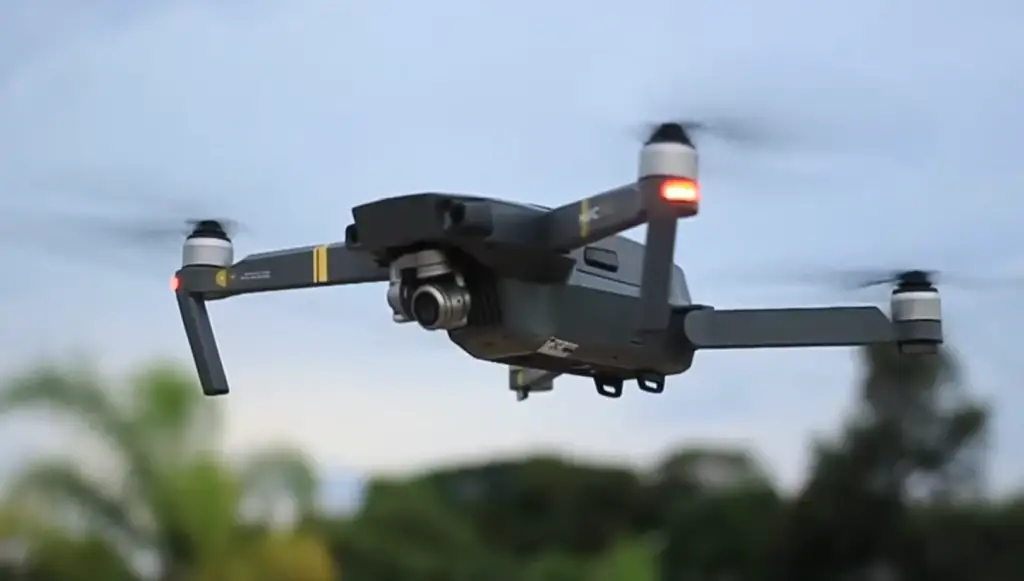
Solar Tracking System for Optimal Power Generation Embedded System Project
Another great embedded system project for engineering students is the solar tracking system. This project focuses on making sure that solar cells are properly positioned to get maximum power from the sun throughout the day.
The core components of this project are a photovoltaic (PV) panel, an electric motor and a microcontroller. The electric motor is used to move the PV panels in order to capture maximum sunlight throughout the day while the microcontroller is used as a control device, constantly monitoring and adjusting accordingly. The student has to work on coding algorithms and designing circuits so that it can track the movement of the sun accurately and adjust its position according to it.
This embedded system project also involves various other aspects such as environmental sensing, light intensity measurement, power management, etc. which all need to be taken into consideration when designing the system.
Overall, this is a great embedded system project for engineering students as it gives them an opportunity to apply the concepts of electrical engineering and computer science in a practical context and build something useful. The knowledge gained here can also prove to be quite useful for future projects related to solar energy.
Temperature-Controlled Fan Project
This is a great embedded system project for engineering students. The purpose of this project is to create a device that can automatically regulate the temperature of a room by controlling the speed of a fan.

To complete this project, you’ll need the following components:
- A temperature sensor;
- A fan;
- Relay;
- LCD screen;
- ADC
- Regulated power supply;
- 8051 microcontrollers.;
The main idea behind this project is to use the temperature sensor to detect the temperature of a room and then adjust the fan speed accordingly via the relay. The ADC will convert the analog signals from the sensor into digital signals which can be read by the 8051 microcontroller. The microcontroller can then determine when to turn on or off and control the speed of the fan based on the temperature readings.
Once complete, you’ll be able to see temperature readings displayed on an LCD screen as well as control fan speeds using buttons that are connected to your 8051 microcontroller.
Design of Embedded Security Door Lock System
The purpose of this project is to design an embedded security door lock system that includes a keypad and/or fingerprint recognition for secure access. This project can be implemented using a programmable microcontroller such as the Arduino, Raspberry Pi or any number of other development boards.
First, decide which type of input you will use (keypad or fingerprint). If you are using a keypad, you will need to design a circuit that interfaces with the microcontroller board. Your circuit should include all the necessary components to connect each button in the keypad to corresponding pins on the microcontroller’s GPIO port. The code that runs on the microcontroller should be capable of interpreting input from these pins and triggering functions based on your design.
Power supply will be required to run the system. You can use a battery in this project or power it through an AC adapter. The power supply should be able to provide enough current for the components and peripherals of your design.
If you are using fingerprint recognition, then you should use a fingerprint scanner module that is compatible with the microcontroller board you are using. The circuit for this type of project will be more complex as it includes both digital and analog components. Refer to the datasheet and tutorials from your microcontroller board’s manufacturer for developing the circuit for interfacing with the scanner. Once your circuit is complete, code can be written for recognizing fingerprints and activating functions based on input from the scanner.

Library Automation Using RFID
Another interesting embedded system project for engineering students is Library Automation Using RFID. This project requires a basic understanding of Radio Frequency Identification (RFID) technology and can be completed in just a few weeks. The goal of this project is to build an automated library system that uses RFID tags to identify and track books, making it easier for librarians to manage the collection.
The first step in completing this project is to assemble the necessary components. This includes an RFID reader, antenna, and tags – both active and passive depending on the type of book tracking you are attempting – along with any additional hardware required such as a microcontroller or display device. Once these components have been put together, they must be connected to the library software, which is provided by most libraries. This connection allows books to be identified when the RFID tag passes over the reader and stored in a database for easy access later.
Next, students will need to create the interface between their hardware components and the library software. This process requires some coding skills but can be done using any language. Once this part of the project is complete, students must then develop algorithms that allow them to track books as they are moved around within the library. The final step involves testing out the system in real-world scenarios to ensure it works properly and meets all necessary requirements.
Development of Embedded Web Server on ARM9 Project
Embedded Web Server on ARM9 project is a popular embedded system project for engineering students. It is a great way to learn about the principles of web technology and networking protocols, as well as gain experience in programming an embedded device.
This project involves designing and developing an embedded web server on the ARM9 processor architecture. The goal of the project is to design and code an optimized web server that can handle multiple requests simultaneously. This requires knowledge on software development, communications protocols such as HTTP/FTP/TLS, network security (encryption) techniques, and operating systems programming such as Linux or Windows CE.
The first step would be to get familiar with the ARM processors and its features: what type of processor architecture is it, what are its memory specifications, etc. After that, you should start coding the web server itself: setting up a basic web server with HTTP protocol support and configuring options such as encryption protocols or debugging options. Once the web server is running successfully, you can proceed to adding features like implementing an FTP server for file serving and/or TLS for secure connections.
Once your embedded web server is fully functional, you can evaluate its performance in regards to scalability (number of simultaneous requests handled), throughput (data transfer rate) and latency (time taken to respond).
Finally, you should consider adding extra features like a web page with remote control buttons or a Graphical User Interface (GUI) to make the embedded web server more user-friendly. Other areas to explore would be integrating your server with other embedded systems, such as sensors, motors, and displays. [2]
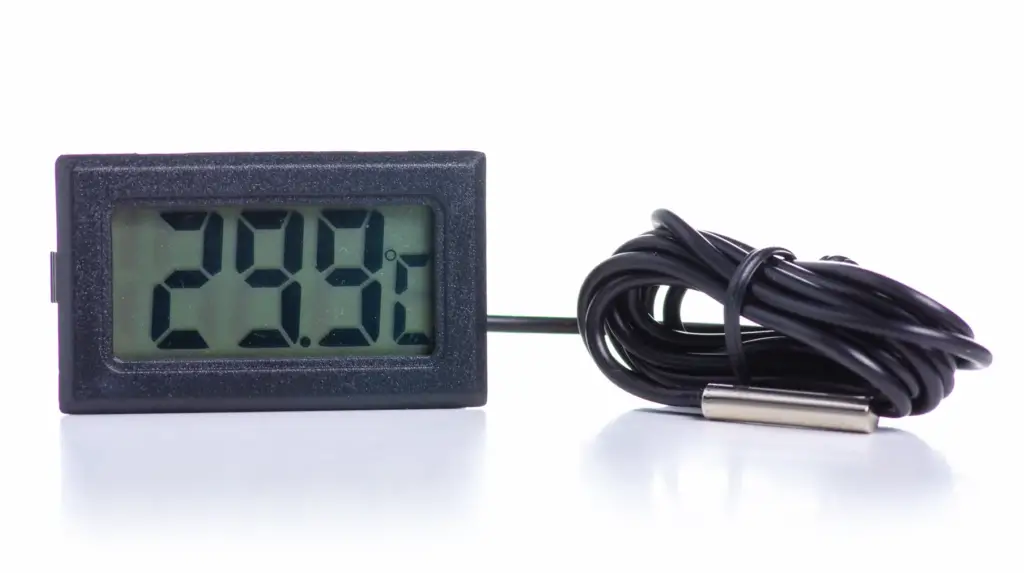
FAQ
Is Arduino an embedded system?
Yes, Arduino is considered an embedded system. It is a microcontroller-based hardware platform that enables users to create interactive electronic objects. Arduino boards include an Atmel AVR microcontroller and associated input/output support devices. They are programmed using the C++ programming language and can be used to control physical elements in projects such as lights, motors, sensors, and other types of actuators.
What is a real life example of an embedded system?
A real life example of an embedded system is the computerized ‘black box’ flight recorders used in airplanes. The black box records all information regarding the plane’s actions and movements, including its altitude, speed, direction, and other data related to the aircraft’s performance. The information gathered by the black box is then analyzed to determine why an aircraft malfunctioned or crashed, and to develop measures to prevent such incidents from occurring again. Other examples of embedded systems include automotive anti-lock brakes, digital cameras, medical equipment, industrial robots, and consumer electronics devices.
Is A Raspberry Pi an embedded system?
Yes, a Raspberry Pi is an embedded system. This type of embedded system is a small computer that can be used to create many different types of projects. It has the ability to connect with external components and sensors, allowing you to build sophisticated systems using its software and hardware capabilities.
A Raspberry Pi board typically consists of a microprocessor (or multiple processors), memory, input/output peripherals, and often some form of communication interface such as Wi-Fi or Bluetooth. A key benefit of this type of system is that they are low cost and relatively easy to program, making them ideal for use in education settings as well as by hobbyists.
For engineering students interested in working on embedded systems projects, the Raspberry Pi is an excellent platform to start learning and experimenting with. With its wide array of features, students can create projects with a variety of applications such as home automation, robotics, and IoT (Internet of Things).
What are the projects in embedded systems?
There are many projects available for engineering students in the field of embedded systems. These can range from basic microcontroller-based projects to more complex Internet of Things (IoT) applications. Some examples include developing a home automation system, a robot controller, or an automated water sprinkler system. Additionally, with the advent of technologies like AI and Machine Learning, there are now opportunities to develop smart camera systems and facial recognition software.
How do you create an embedded system project?
Creating an embedded system project for engineering students is a multi-step process. The first step is to choose a topic or project idea. This could be something related to robotics, automotive systems, home automation, mechatronics, communications, or any other area of interest. Once you’ve chosen the topic for your project, it’s time to start researching and planning. It’s important to have a clear goal in mind before beginning any work on the project.
Next, research available components and software tools that can be used for the project. This includes microcontrollers, sensors and actuators, circuit boards, programming languages and frameworks etc. You should also read up on related topics such as embedded C programming basics and electronic principles such as voltage, current and power.
Once you have identified the components needed for your project, it’s time to start designing the system. This includes schematic diagrams and circuit boards. You should also decide on a programming language and framework that you will use to develop code for the microcontroller. When designing the system, keep in mind safety measures as well as any applicable regulations related to the industry or field of application for your project.
How are embedded systems used in engineering?
Embedded systems are used in engineering to enhance the capabilities of existing systems and devices, as well as to create completely new applications. They can be used for a variety of projects, such as automating processes, controlling machines, monitoring sensors, and providing communication between different components. In addition, embedded systems provide cost-effective solutions that are more efficient than traditional hardware processors.
One example of an embedded system is a microcontroller.
This can range from automation of home appliances to controlling remote sensors and robots. By providing powerful computing resources in a small package, microcontrollers have become an important tool for engineers.
Another example of an embedded system is a programmable logic controller (PLC). A PLC is used to control industrial machines such as robots or manufacturing processes. It typically contains both hardware and software components, allowing it to respond to input from sensors and then execute commands based on user-defined programs. Depending on the complexity of the project, PLCs can be used for simple tasks like controlling individual motors or more complex projects like managing whole production lines.
What is an embedded project in software engineering?
An embedded project in software engineering is a system where the computer code, or software, is built into an electronic device. The embedded system consists of both hardware and software components that work together to control the device’s behavior. These systems are often used when there is not enough computing power on the device itself to achieve its desired task.
Embedded systems can be found in numerous products today, such as mobile phones, home appliances, medical equipment, industrial robots, and more. They are used to provide functionality and interactivity with other devices or systems. For example, a car engine’s control unit could allow communication between the car’s onboard computers and its sensors.
The goal of any embedded project in software engineering is to build a system that is reliable, efficient, and provides the desired functionality in an easy-to-use form factor. This is often accomplished by using low power consumption components and well-designed software architecture.
Useful Video: EMBEDDED PROJECT IDEAS – Embedded Software Projects From Beginner to Expert Level
Conclusion
Embedded System projects are an excellent way for engineering students to gain experience in the field. With the right guidance and planning, embedded system projects can become a powerful learning tool that will prepare students for their future career aspirations. Utilizing resources like online tutorials and project libraries can help students get started quickly and easily, allowing them to focus more on their creative design process rather than technical tasks. Additionally, utilizing specialized hardware such as Raspberry Pi or Arduino controllers can give further insight into the practical application of embedded systems while providing endless possibilities for custom development projects.
The key to successful embedded system projects is proper research and planning; understanding the requirements of the project before beginning is crucial in order to avoid costly mistakes or time-consuming reworks down the line.
Thanks for reading our Guide on Embedded System Projects for Engineering Students. We hope you found the information helpful and that you are one step closer to mastering embedded systems! Good luck!
References
- https://www.elprocus.com/embedded-system-projects/
- https://www.electronicshub.org/embedded-systems-projects-ideas/
- https://www.educba.com/types-of-embedded-systems/














Leave a Reply